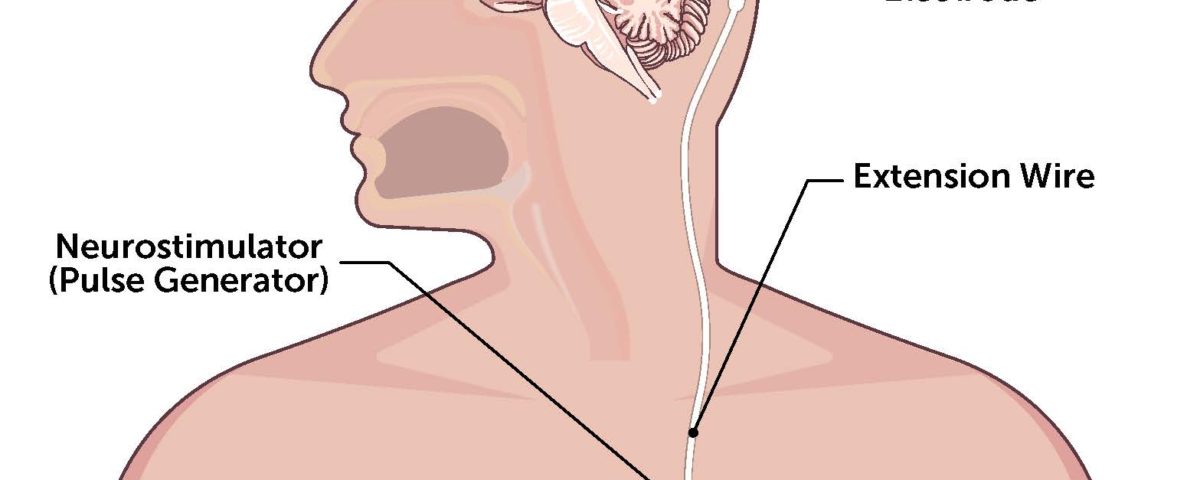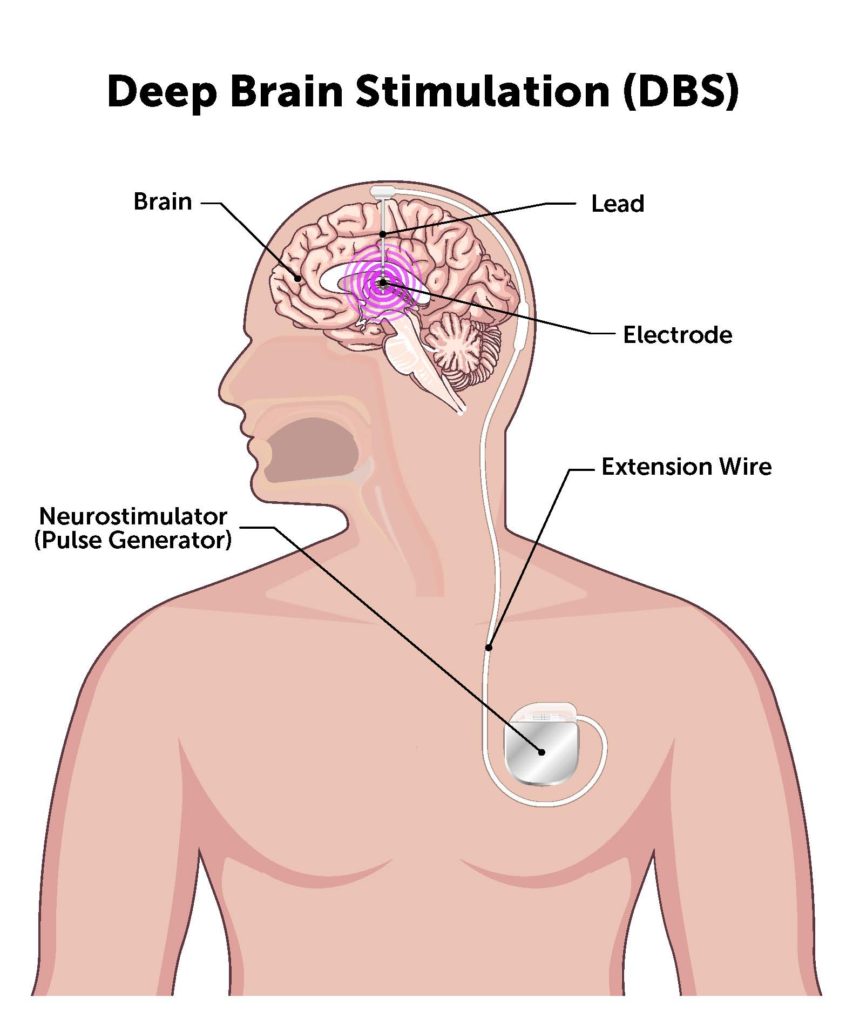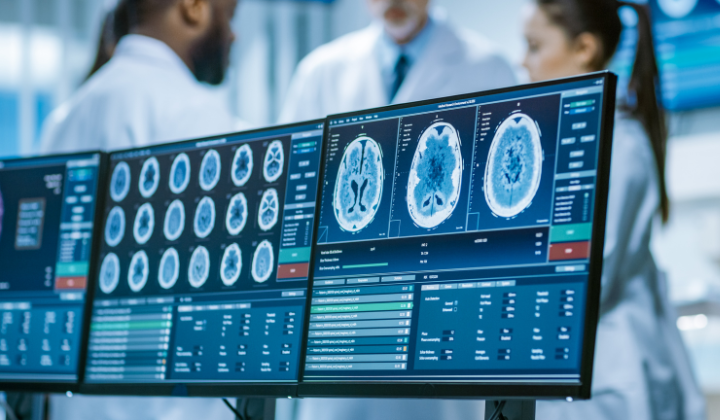3D Software to improve success of DBS surgery

Newly Diagnosed Pack now available faster online
5th April 2021
What’s the link between tulips and Parkinson’s?
5th April 20213D Software to improve success of DBS surgery

3D Software to improve success of DBS surgery
Deep brain stimulation involves surgically placing electrodes deep into the brains of people with Parkinson’s to relieve the stiffness, tremors, and rigidity the disease causes.
For many people, the treatment has immediate and life-changing results. However, regardless of the skills of the neurosurgeon, the procedure is not always successful. It depends on the precise placement of electrodes in the brain into target areas that are extremely small – within one millimetre.
Greydon Gilmore, a PhD student in Biomedical Engineering at Western University in Canada, is creating software to improve the placement of the DBS electrodes.

His 3D software combines with Magnetic Resonance Imaging (MRI) and other brain scans to help surgeons plan their surgery by mapping the brain to find the optimal point to place electrodes.
Gilmore works in the operating theatre with surgeons using his new software to detect the characteristic firing patterns of the region of the brain where the team wants to place the electrodes.
The surgeons are given real-time feedback about when they are (or are not) placing electrodes into the nucleus of the brain cells they are targeting.
After surgery, patients will receive a Computed Tomography (CT) scan which works with the 3D software to show the surgical team whether the electrodes are in the right place.
If the electrodes are not within 1 millimetre of where they should be, Gilmore hopes the surgeons will be able to re-implant them. Currently, 20 to 30 percent of the patients in the clinic where Gilmore works don’t get a full response to the DBS treatment.
Reimplantation should deliver better symptom control for more people, he says. The new software will also help technicians fine-tune the amount and frequency of the current their ‘pacemakers for the brain’ deliver.
Sources:
- Western University
- eParkinsonPost
- Parkinson Canada
- Parkinson Canada National Research Program
- Research funded in partnership with The Lanka Charitable Foundation
- Healthdirect Australia



